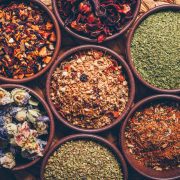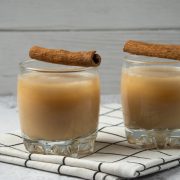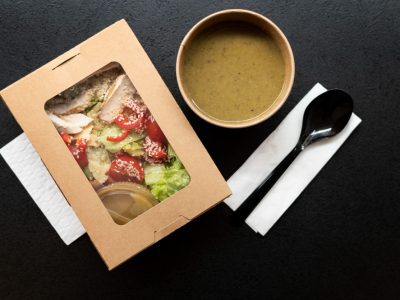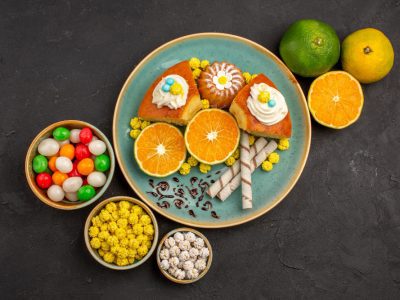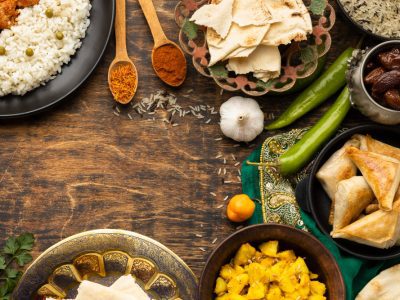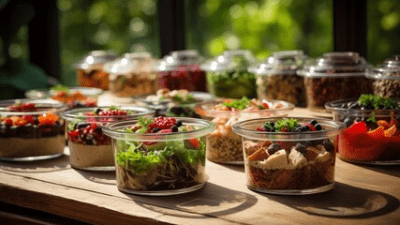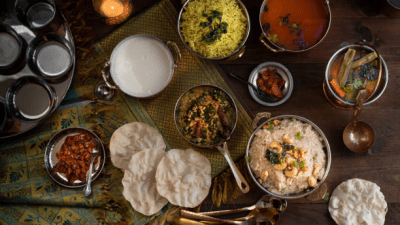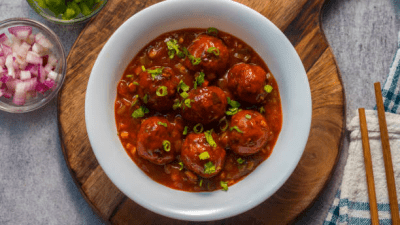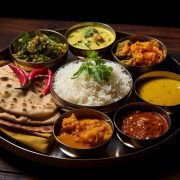Nut butters, once seen as a speciality health food, are quickly becoming a pantry staple in India, thanks to their creamy, rich, and adaptable nature. Although ghee, butter, and handmade pastes have long been staples in Indian cuisine, nut butters have recently become increasingly popular due to a combination of factors, including a worldwide uptick in health consciousness and an influx of varied culinary influences.
Surprisingly, nut butters—basically, nuts mashed into a spreadable paste—have a lengthy history. Although peanut butter was first mass-produced in the United States in the late 1800s, the practice of crushing nuts into pastes dates back centuries in many cultures. Grinding nuts like cashews and almonds for use in pastes and desserts is nothing new in India, but the idea of a specific “butter” was novel until quite recently.
Nut butters have become increasingly popular in India due to the influence of international dietary trends, especially those that promote plant-based diets and healthful eating. The growing knowledge about the numerous health benefits of nuts, such as their abundance of protein, good fats, and vital vitamins and minerals, has contributed to this surge in demand. Additionally, nut butters are a popular choice among health-conscious customers due to their versatility and ease of usage in various culinary applications.
Imported brands, commonly found in speciality stores, were the primary means of nut butter introduction to India. Domestic businesses have emerged in response to rising demand and now provide a greater variety of nuts butters, including peanut, almond, cashew, and mixed nut butter, among others. Unsweetened and natural nut butters are two examples of how these local firms are responding to the changing tastes of Indian consumers by providing healthier options. The fact that nut butters have gone from being considered an unhealthy Western import to a welcome addition to the Indian diet shows how the country’s cuisine is evolving. In recent years, nut butters have become much more widely available in India, popping up in places like health food stores, supermarkets, and even on the internet.
A Guide to Nut-Based Recipes
The most straightforward way to enjoy nut butters in India is as a healthy spread. Here are some simple yet delicious ideas:
Classic Peanut Butter Toast: Peanut butter toast is a classic that never goes out of style. To amp it up, try topping it with sliced bananas, honey, or chia seeds.
Almond Butter with Apple Slices: Snacking on almond butter with crunchy apple slices is the ideal sweet-and-nutty snack.
Cashew Butter and Dates: Dates, with their inherent sweetness, pair wonderfully with the thick, creamy cashew butter in this delectable dessert.
Nut Butter and Oatmeal: Muesli gets even more flavourful and nutritious with a spoonful of nut butter on top in the morning.
Nut Butter Smoothies: Smoothies made with nut butter, fruit, and milk or yoghurt are healthy and refreshing.
Nut Butter Energy Bites: For a nutritious and on-the-go snack, mix nut butter with oats, honey, seeds, and dried fruits.
Nut Butter Cookies: To enhance the nutty flavour of your cookie dough, try adding some nut butter. Traditional peanut butter cookies are versatile enough to be made using almond or cashew butter as well.
Nut Butter Sauces: Sauces made with nut butter are rich and velvety, perfect for veggies, spaghetti, and noodles. Sauces with an Asian flair generally call for peanut butter, while a creamy white sauce can be made using almond butter.
Nut Butter Dips: Mix nut butter with yoghurt, herbs, and spices to make a savoury dip. Pair it with some crackers or veggie sticks for a delicious appetiser.
Nut Butter in Indian Sweets: Although entire nuts are typically used in traditional Indian sweets, nut butters can be used for a richer flavour and creamier texture. For instance, a contemporary take on Kaju Katli could call for cashew butter, while a halwa could have almond butter.
Nut Butter in Salad Dressings: For a creamy and nutty flavour, try adding a teaspoon of almond or peanut butter to your salad dressing.
Nut Butter in Curry: Some curries, especially those with a South East Asian flavour, can benefit from the addition of peanut butter, which gives them a richness and depth.
Conclusion
Nut butters have seen a meteoric rise in popularity in India, which is indicative of a larger trend towards healthier eating and more adventurous cooking. Nut butters have finally made it into Indian kitchens, thanks to health-conscious and trend-conscious consumers. People of all ages love nut butters because of their great flavour, adaptability, and nutritional value.
Another factor that has contributed to this trend is the proliferation of domestic brands that provide a variety of nut butters. To meet the rising demand for pure and healthy food, these firms are concentrating on producing better varieties, like natural and unsweetened nut butters. People all throughout India may easily get their hands on nut butters thanks to the abundance of options available in stores and on the internet.
Nut butters in India have a bright future ahead of them. Nut butters are already a staple in Indian cuisine, and they are only going to become more so as word gets out about the health advantages and new creative uses for them in the kitchen. An infinite number of recipes can be created by combining classic Indian flavours with the adaptability of nut butters. Whether you are looking for a simple spread or a more involved recipe, nut butters are a nutritious and tasty way to elevate your Indian cooking. There will be more room for culinary exploration as nut butters of all kinds become more widely available in India. A whole new world of flavour awaits you when you combine nut butters with Indian spices.
A food enthusiast and a blogger – someone who likes to eat and write about it. I’m passionate about exploring different cuisines and challenging my palette. I give into my food craving regularly and am often on the hunt to find my new favorite food place in town.

